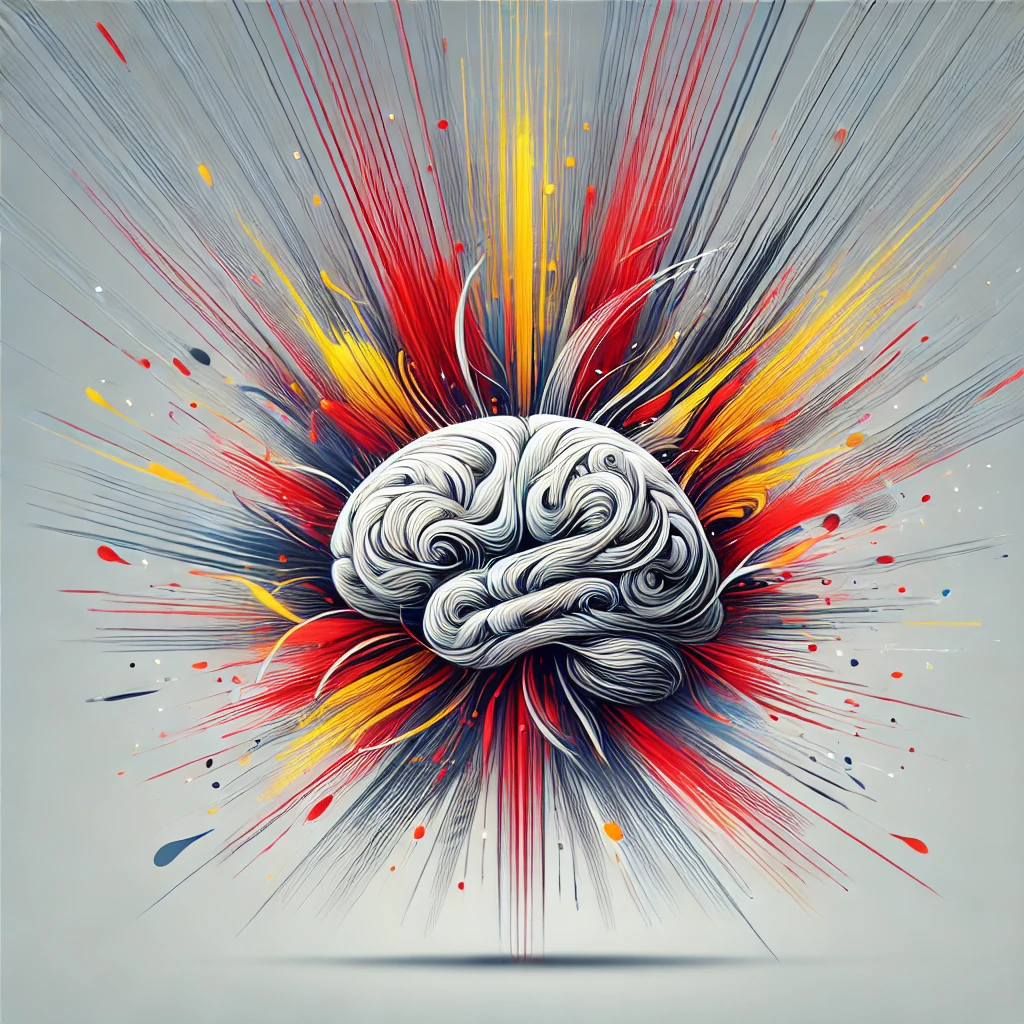Understanding Attention Deficit Hyperactivity Disorder (ADHD)
Attention Deficit Hyperactivity Disorder (ADHD) is a common neurodevelopmental condition that affects millions of individuals globally. It presents through symptoms such as inattentiveness, hyperactivity, and impulsiveness. ADHD can continue from childhood into adolescence and adulthood, complicating various aspects of daily life, including school, work, and relationships. Raising awareness and understanding of this condition is vital for supporting those affected.
What Causes Attention Deficit Hyperactivity Disorder (ADHD)?
While the exact cause of ADHD remains unclear, researchers have identified several contributing factors. Genetics plays a significant role, as ADHD often runs in families. Environmental influences, such as exposure to toxins (e.g., lead) during pregnancy or early childhood, may also increase the risk. Additionally, maternal behaviors, including smoking or alcohol use during pregnancy, have been linked to a higher likelihood of ADHD. The interplay between these elements ultimately affects brain structure and function, particularly areas responsible for attention and impulse control.
What Are the Symptoms of Attention Deficit Hyperactivity Disorder (ADHD)?
ADHD symptoms vary based on an individual’s age and the specific type of presentation. In general, symptoms fall into two primary categories:
Inattentiveness:
- Difficulty maintaining focus on tasks or conversations.
- Forgetfulness and misplacing items often.
- Making careless mistakes or struggling to complete details in school or work activities.
- Difficulty following through on instructions or organizing tasks.
Hyperactivity and Impulsiveness:
- Fidgeting or an inability to remain seated in calm surroundings.
- Excessive talking or interrupting conversations.
- Acting without thinking, leading to risky behaviors.
- Difficulty waiting for one’s turn, whether in conversations or activities.
These behaviors can interfere with personal, academic, or professional outcomes for children and adults alike. Interestingly, boys are more commonly diagnosed with ADHD than girls, although girls might exhibit subtler symptoms that delay recognition.
To learn more about the challenges associated with ADHD in adults, visit ADHD in Adults: What You Need to Know.
How is Attention Deficit Hyperactivity Disorder (ADHD) Diagnosed?
Diagnosing ADHD is a comprehensive process, as no single test can confirm the condition. Typically, a medical professional will:
- Conduct interviews with the individual and their family or teachers.
- Review a history of symptoms, using standardized checklists for ADHD.
- Rule out other potential causes, such as vision or hearing problems.
- Evaluate behavior across multiple settings, such as home, school, or work.
It’s essential to note that ADHD symptoms must be persistent, evident before the age of 12, and disruptive in more than one area of life. A proper diagnosis helps guide effective treatment plans to address the individual’s specific needs.
Detailed insights into ADHD in children are available at ADHD in Children: What You Need to Know.
How is Attention Deficit Hyperactivity Disorder (ADHD) Treated?
Managing ADHD typically involves a combination of approaches tailored to the individual. These include behavioral therapies, medication, and lifestyle adjustments.
1. Behavioral Therapy:
This strategy focuses on teaching individuals and their families how to manage behaviors associated with ADHD. For children, parent training programs are often beneficial. Adults might benefit from counseling that improves work or relationship dynamics.
2. Medications:
Stimulant medications, like methylphenidate or amphetamines, are commonly prescribed to enhance focus and reduce impulsive behaviors. However, non-stimulant options are available for those who may not tolerate stimulants well. Always consult a healthcare provider to discuss potential side effects or risks before starting any treatment.
3. Lifestyle Modifications:
Promoting a healthy lifestyle can be incredibly effective. Encourage regular exercise, balanced nutrition, structured routines, and sufficient sleep. These small changes can significantly improve daily functioning and enhance medication or therapy outcomes.
For teens transitioning from childhood diagnosis, check out ADHD in Adolescents: What You Need to Know.
Drugs Used to Treat Attention Deficit Hyperactivity Disorder (ADHD)
| Drug Name | Rx/OTC | Preg | CSA | Alcohal |
|---|---|---|---|---|
| Prescription Only | C | 4 | X | |
|
Generic Name: Modafinil Brand Name: Provigil Drug Class: CNS Stimulants For consumers: dosage, side effects |
||||
| Prescription Only | D | 4 | X | |
|
Generic Name: armodafinil Brand Name: Nuvigil Drug Class: CNS Stimulants For consumers: dosage, side effects |
||||
Conclusion
ADHD is a multifaceted condition that impacts individuals differently based on age, environment, and their support systems. While its challenges are real, early interventions and a comprehensive treatment plan can support individuals in managing symptoms effectively. If you or a loved one suspect ADHD, don’t hesitate to reach out to a healthcare professional for guidance.
For additional resources, explore the Attention Deficit Hyperactivity Disorder (ADHD) Guide. Empower yourself with knowledge and advocate for the support and resources you need!
